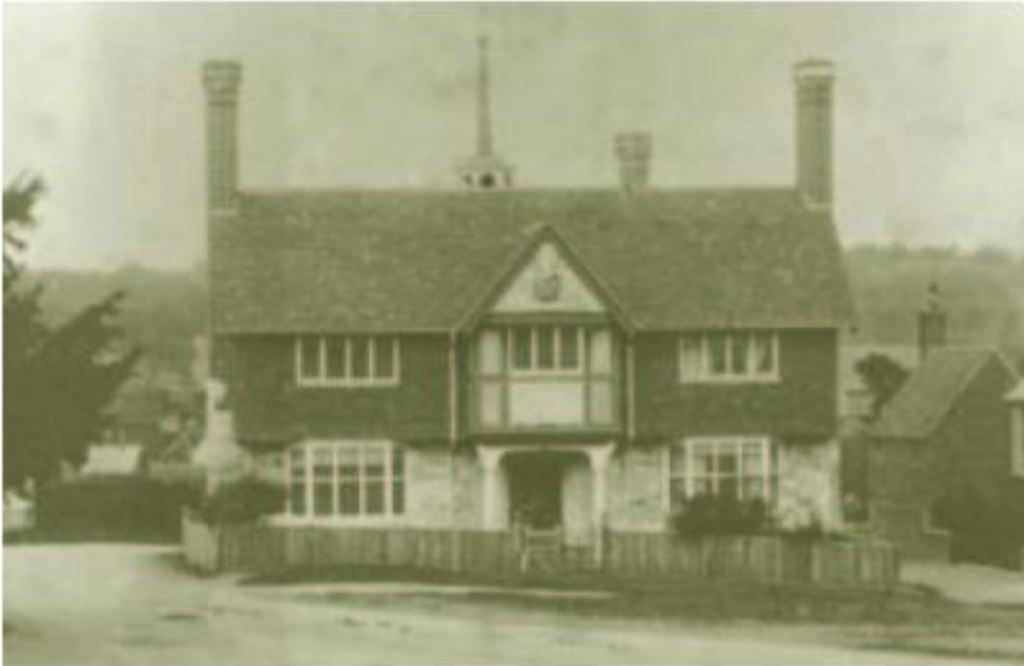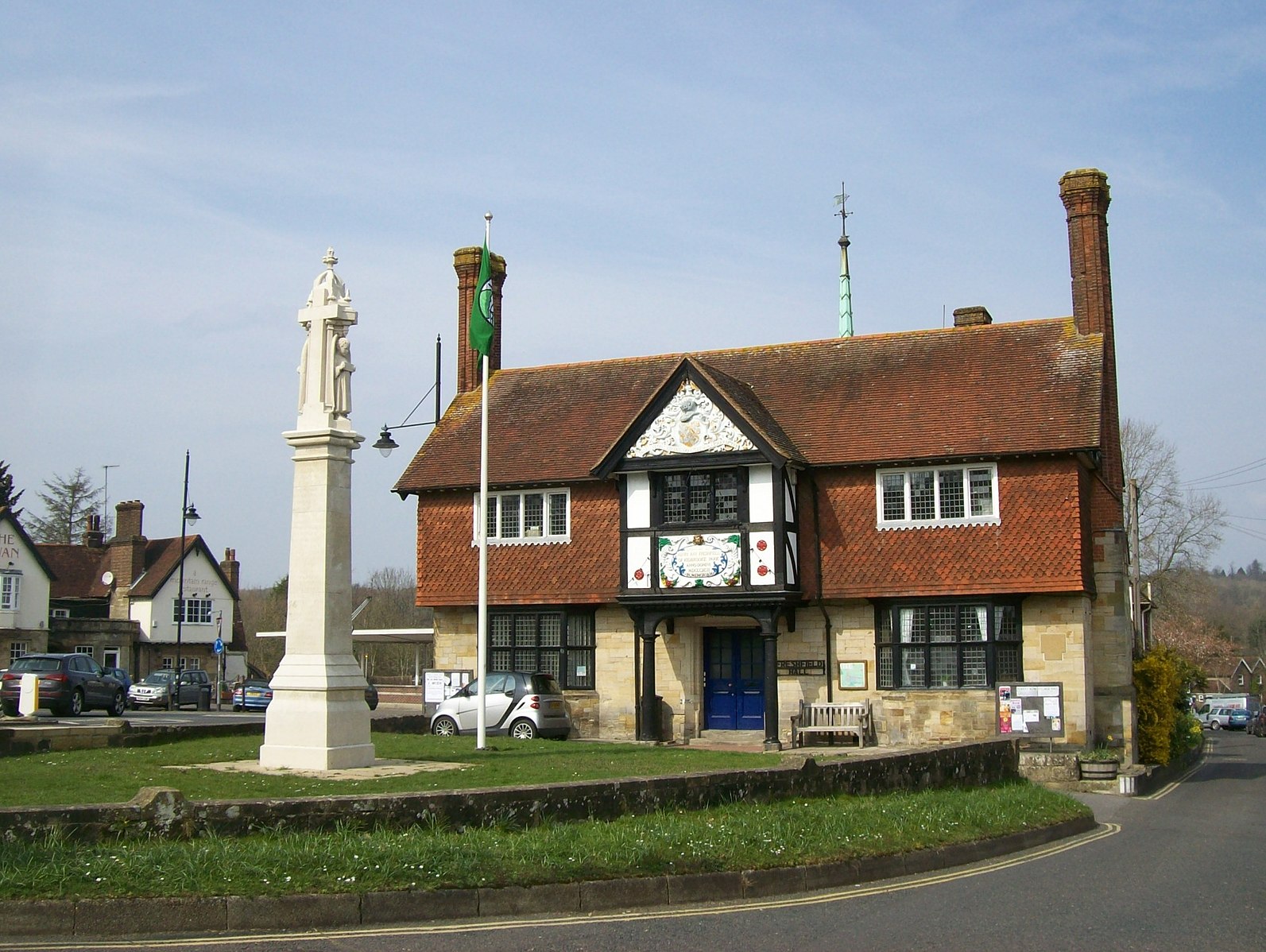Standing guard over the main road as it runs through the centre of Forest Row, Freshfield Hall is the heart of this lively community. It might not have the rambling charm of the village’s oldest buildings or the historic pedigree of eminent nearby mansions such as Kidbrooke Park and Brambletye House, but the hall has its own fascinating story to tell.
The original building was a gift from the Freshfields of Kidbrooke Park. The Freshfield family business was founded in the late 18th century. Today, with 28 offices in 17 jurisdictions around the world, it is a member of the Magic Circle of British law firms.
Back in 1874, the business was already enjoying enough success for the founder’s son, Henry Ray Freshfield, to purchase an estate with 200 acres on the outskirts of Forest Row; and from then on the family took a keen interest in local affairs.
The proceedings that led to the Ashdown Forest being placed in the hands of conservators were initiated by Henry Freshfield, who felt passionately that the arca should be preserved for public enjoyment.
In 1891, tragedy struck the Freshfield family. Henry’s 14-year-old grandson died suddenly, and the family decided to commemorate him through a memorial gift to Forest Row – a village hall.

If you look up carefully at the painted ornamentation above the front door of the village hall, you’ll see the words In Nemoriam alongside the Freshfield family motto Nobilitatis virtus non stemma character, which translates as ‘virtue, not lineage, is the mark of nobility’.
In ‘A Centenary Celebration of Forest Row Village Hall 1892-1992’, Eric Byford writes that the Hall cost the princely sum of §2,000 to build and significantly more to equip.
“It was 43 feet long and 23 fect wide, with the disposition of the rooms in the fore part of the building very much as they are today; and the hall and the stage,” he says.
“Warmth was provided by a large open fireplace behind which were hot air chambers into the room through the mantelpiece. The site was enclosed with a very neat dwarf park fence with oak gates communicating with each entrance to the building – a crush door next to the stage, with a third door giving access to the carctaker’s rooms. Thus it was that on 4th November 1892 at 3pm the hall was opened by the Hon A.E. Gathorne Hardy, MP, who had laid the foundation stone, giving the opening speech.”
Vivien Lill, a previous Chair of the village hall’s management committee, says that gifts of this kind from noble families to the people become were common back in the 19th century. The Freshfields already provided a soup kitchen for the poor of the village, and Freshfield Hall could have been inspired by a similar presentation made by Mr Larnach of Brambletye at nearby Ashurstwood.
The original hall, though, was fated to last just three years before It was razed to the ground in & mysterious blaze.

Was the burning of Freshfield Hall an accident?
No evidence exists to the contrary: but at the time, Forest Row and its surrounding villages were sporadically plagued by unexplained arson attacks.
The Minute Book of the Ashdown Forest Conservators shows that a special meeting was called in 1892 to discuss the fires. It reads:
“The Ranger, Mr. Alfred Walters of Fairwarp, Peter Martin of Chelwood Gate, William Osborne of Whitehouse, Edwin Meppem Woodreeve to Lady Shelley, Job Tester of Browns Brook, P.C. Teague of Fairwarp & P.C. Barnard of Nutley attended and gave information from which it appeared that a series of tires were kindled on the forest on the night of Thursday the 31st March and on following days – that nearly 2000 acres of the Forest had been burnt, that private property had in some places been attacked and that much more damage would have been done but for energetic measures which succeeded in staying the progress of the hires. None of the persons could give information as to who lighted the fires but they agreed that they were the work of incendiaries and were not accidental.”
Whether the fire at the village hall was also the result of arson or not, it took the efforts of two fire brigades to put it out. The blaze began on a February day in 1895 that was so bitterly cold the water froze in the firemen’s hosepipes. Backup from East Grinstead was called, but by the time the engines arrived, the damage had already been done.
An old photograph taken just after the fire shows four tall chimneys still standing and a blackened ruin slumped between them.
But the Freshfields didn’t let this setback daunt them. The Sussex Highlands, published in 1927, record that:
“The Parish Hall was unfortunately burnt to the ground on the very day the donor, Mr. H. R. Freshfield, was buried, but it was at once rebuilt on the original plan.”
In the years that followed, Freshfield Hall became the hub of the village and a meeting place for everything from amateur dramatic societies to the local Men’s Club. It was handed over to the care of the community in 1927 and since then has been a charitable organisation run by elected trustees.
In its 120 years of history, the hall’s most prominent role has been as the backdrop to President Kennedy’s visit to Forest Row in June 1963, only a few months before his assassination. The building appears in several media photos of the event and a plaque now commemorates the date.
With the War Memorial standing just a few feet from its door, Freshfield Hall’s In Memorium inscription now has a deeper and wider significance than the original founders could possibly have intended.

